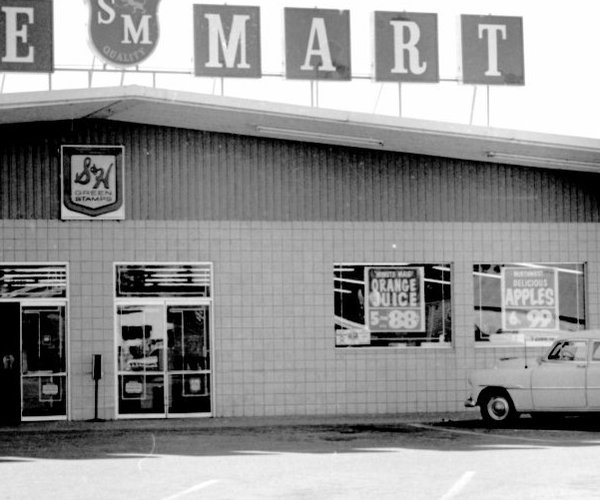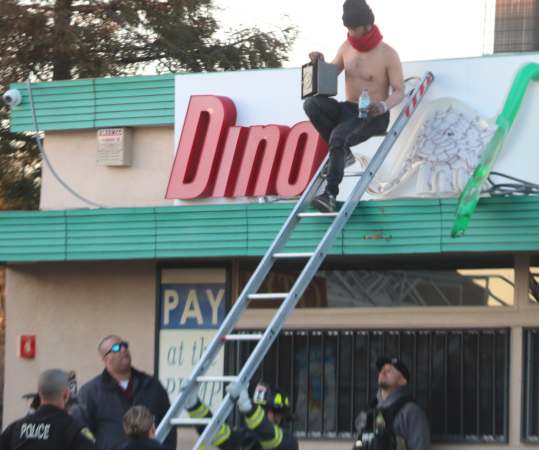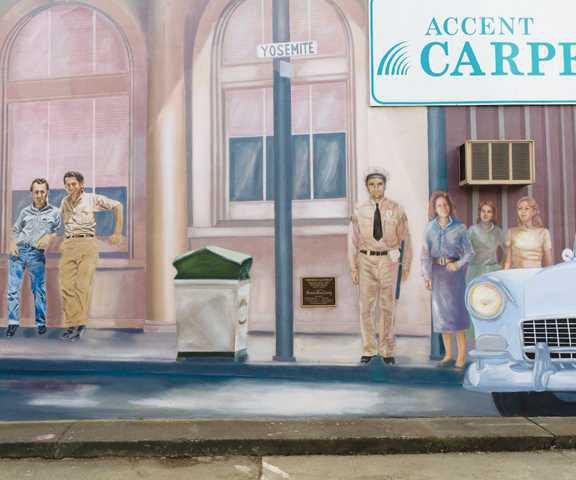Gladys Kravitz got no respect.
For those who were born after a time when Google was known primarily for being the surname of a comic strip character named Barney, Gladys was the next door neighbor in the late 1960s-early 1970s TV sitcom “Bewitched.”
Her long suffering husband called her “nosy.”
A law enforcement officer would call her observant.
“Bewitched” was about the family life of Darrin — a mere mortal — and his wife, Samantha, who was a witch. The show was built around the couple making sure no other mortals became aware of her supernatural powers so they could lead “normal” middle class lives.
More than once, Gladys would call police based on suspicious activities she saw taking place across the street by peering out her front room window.
None of what she saw ever panned out as Samantha figured ways to make things seem normal.
Even though the show depicted her as a busybody, we all should be so lucky to have a Gladys Kravitz on our street.
In a way, Gladys Kravitz epitomizes what National Night Out is all about, even though it is an exaggerated fashion.
People keeping an eye on their neighborhood is the core of NNO’s goal of making communities safer.
If one knows their neighbors and are aware of their routines and such, they are apt to recognize when something is amiss or suspicious.
And as law enforcement officers will tell you, if you see something that doesn’t look right to let them know about it.
Police — even if there were twice the number — can’t be everywhere.
And, unless a city can afford staffing that allows concentrated beat coverage wedded with down-to-basics community policing, no one is in a position to know their neighborhoods better than you.
That is, of course, if you at least know your neighbors and eschew being in blinder mode.
National Night Out, now in its 41st year, is as much about building neighborhood camaraderie as it is strengthening police-community relations.
Modern American society — thanks in a large part to technology and subdivision designs — has become more isolated.
Commuting, 21st century family demands, and the significant wholesale replacement of how we interact with others taken over by screens and devices are the culprits that get blamed the most for eating away at neighborhood cohesiveness.
In reality, it is the loss of casual neighborhood gatherings that were once the norm before commuting went into overdrive and we, as a society, started spending more time in our proverbial boxes with eyes first glued to the Internet and now with handheld devices where tapping on keyboards has relegated talking face-to-face to backseat status.
The days when front porches were an honest-to-goodness living space meant more interaction with neighbors.
Call it shooting the breeze, talking politics, or gossip.
The point is people were more aware of their neighbors.
The front porch era was effective at keeping errant behavior in check.
If you were a kid and you did something that fell into the realm of delinquent behavior two blocks away, by the time you got home the odds were your parents already knew.
It was the original Nextdoor but more personable and less apt to spread erroneous information, given you would likely be fact checked during a casual exchange that more than likely would happen as you were walking by a neighbor’s house.
The odds were once great that in the early evening or on a weekend that you’d come across neighbors because more people seemed to take walks.
The fact porches were a heavily used “outdoor room” helped as did the fact most people didn’t have yard services, although they may have paid a neighborhood kid to mow their lawn. That meant they’d often putter in their front yards.
Saturday’s Porchfest — part of a week of community unity events in Ripon that culminates Tuesday in a large National Night Out event — builds on the causal interactions that porches once provided.
Nearly 40 homes will have their porches turned into a stage for musical groups for community members to rove around Ripon to enjoy.
Rest assured, neighbors will be talking and getting to know one another better. The odds are that people who were basically strangers but living close by won’t be strangers anymore.
It is the same premise behind neighborhood block parties taking place Tuesday in Manteca and Lathrop to make National Night Out.
Neighbors taking a late night cigarette break on their porch get credit for the Manteca Police catching someone who had broken into homes after he tried to break into mine.
The person in question — a meth head if you will — would enter houses through the backyard.
In my case, the neighbors noticed a strange car in my driveway at midnight.
That prompted them to look a little bit closer.
They observed someone trying to get into my backyard via the side gate.
They called 9-1-1.
The person in question was unable to break in the gate — it was determined later he was a little high at the time — so he tried to scale the fence as police were responding.
My neighbors said he slipped several times, then gave up and started to leave in his car.
Police turned onto my street as he turned off.
Long story short, they caught up with him. They ended up tying him to a burglary on nearby Marin Street.
Perhaps the best suggestion ever made by a Manteca City Council candidate in terms of stepping up public safety while strengthening the community fabric at the same time was made in the 2020 election cycle by David Terrell Martin Sr.
He saw the value in trying to fund manpower so Manteca could dedicate resources to getting its Neighborhood Watch Group numbers back up to the days they exceeded a hundred.
More importantly he wanted to wed that to having enough beat officers so at the start of each shift at least one officer every day for an hour would walk the neighborhoods he patrolled.
The idea was if they came across residents they would engage them in conversations so they could get to know them better and learn their concerns.
And I’d they came across a pickup game of hoops in a driveway they’d join in to break the ice with younger people.
A safer community is built on communication, relationships, and paying attention to your neighborhood.
Gladys Kravitz, if the unusual stuff she saw hadn’t been created by a witch that could them cover up her tracks in the fantasy world created by ABC, would have been viewed as a Good Samaritan and as being a nosy busybody.
This column is the opinion of editor, Dennis Wyatt, and does not necessarily represent the opinions of The Bulletin or 209 Multimedia. He can be reached at dwyatt@mantecabulletin.com






